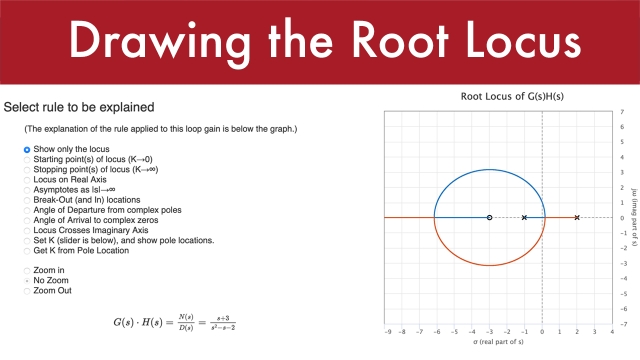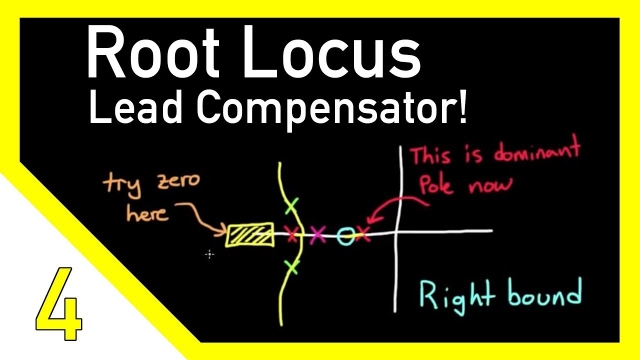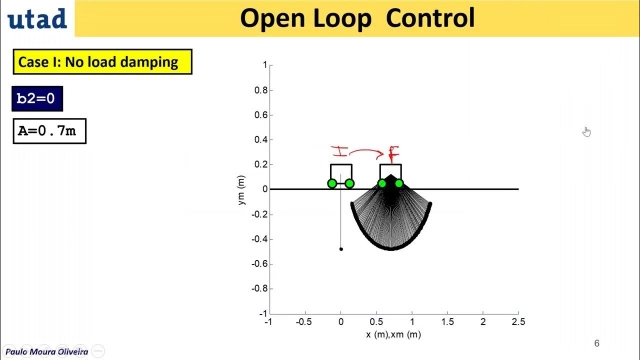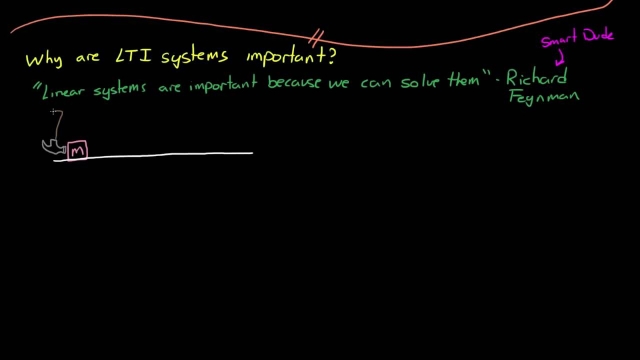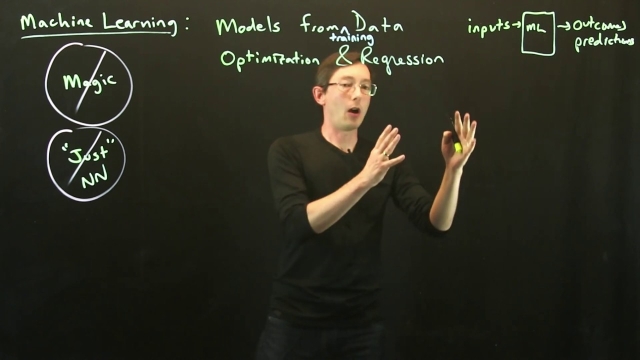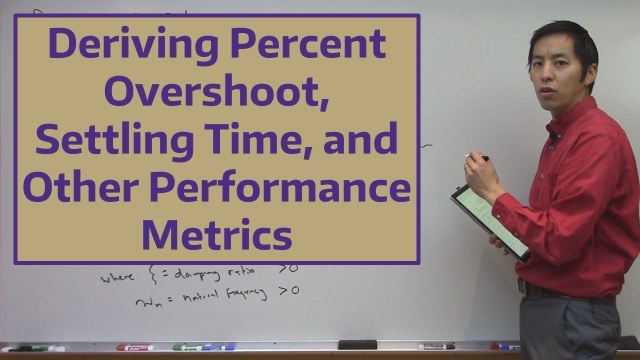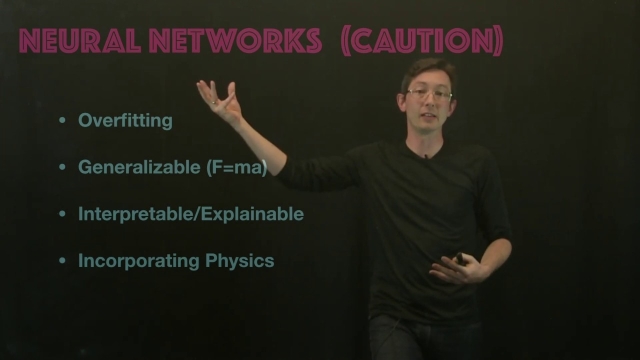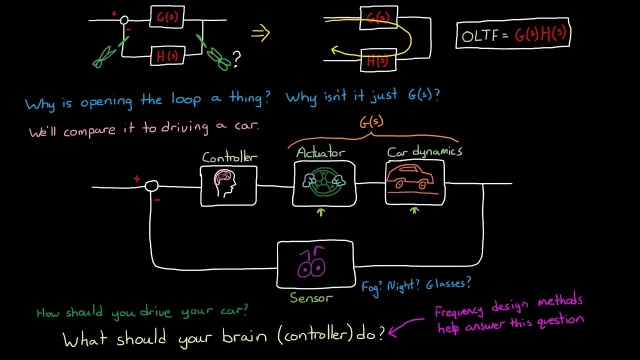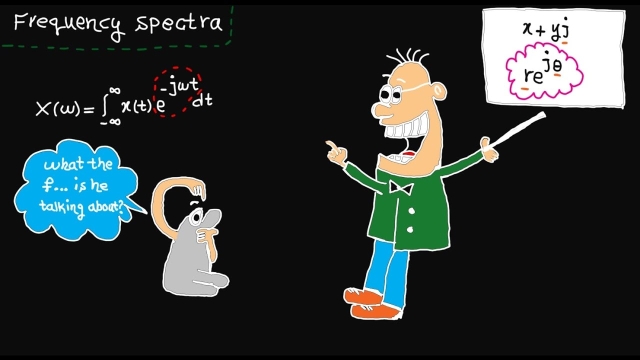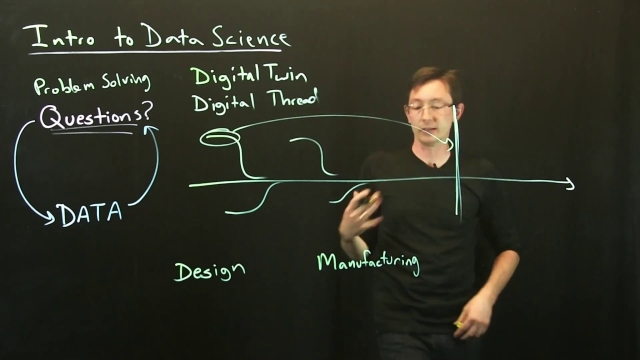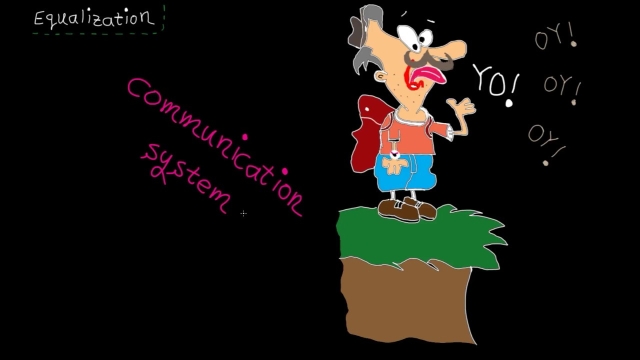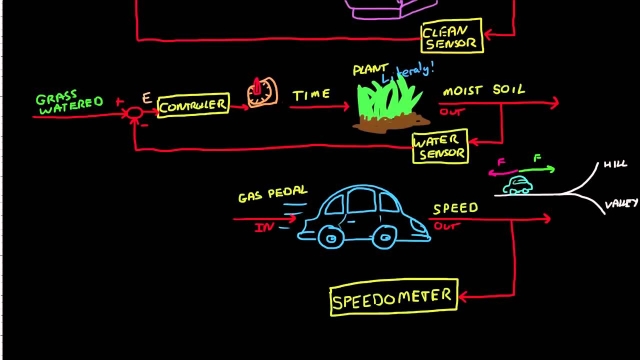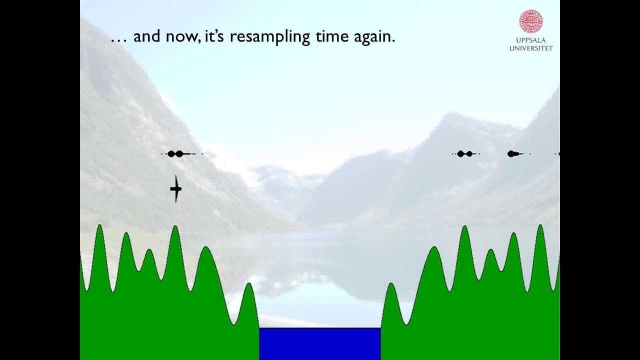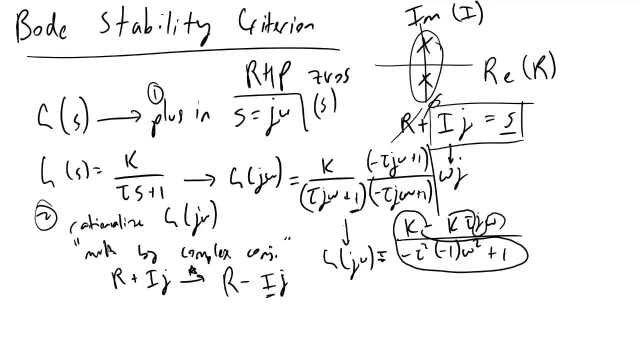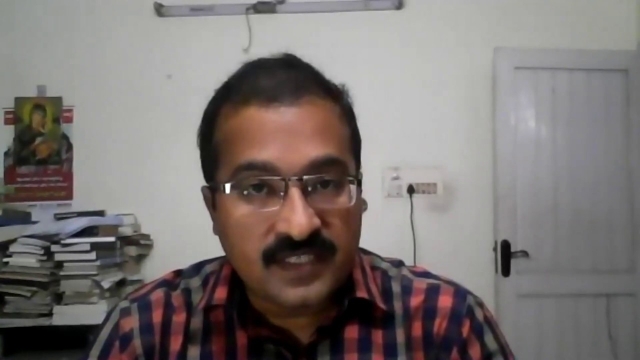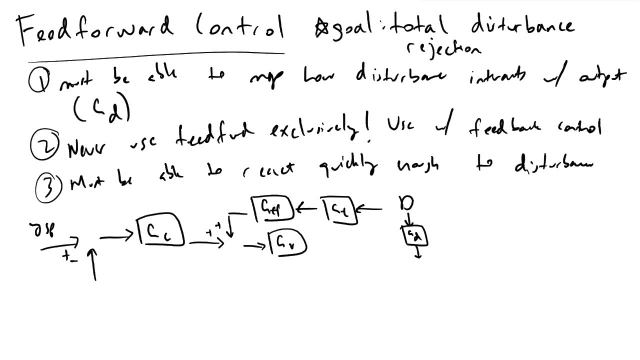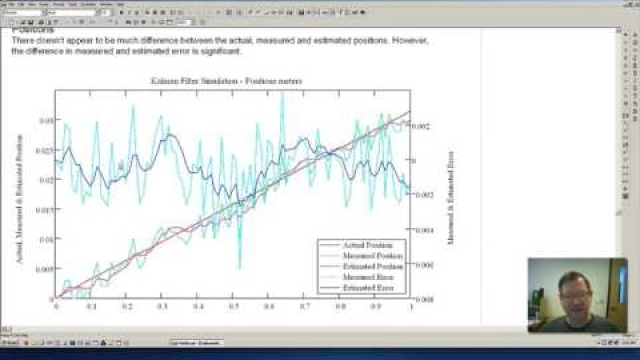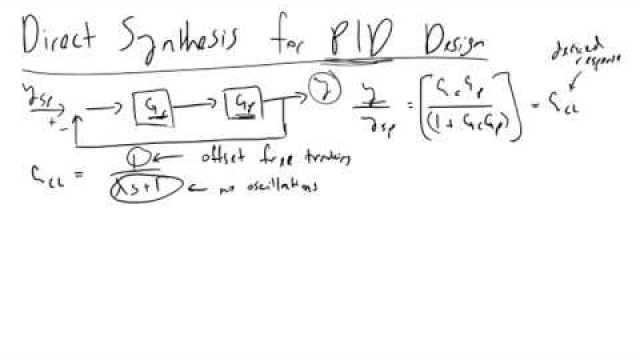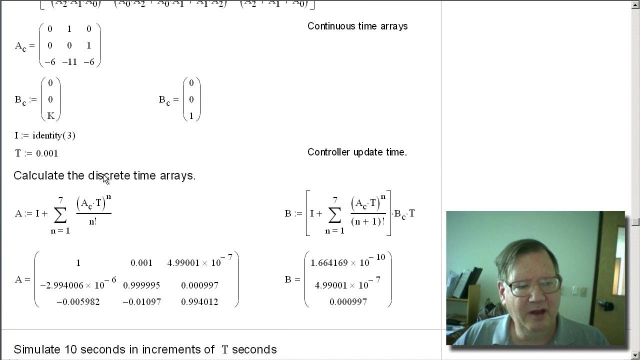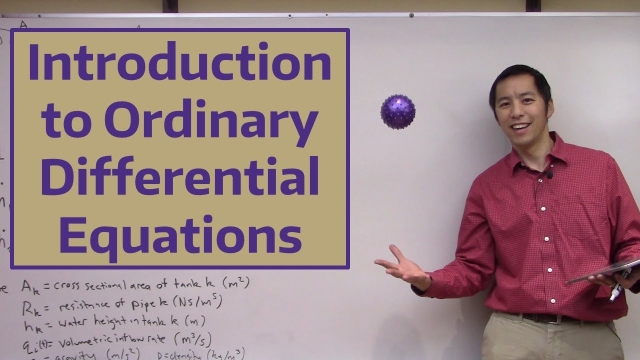
Drawing the root locus (Interactive Tool)
This page was developed to help student learn how to sketch the root locus by hand. You can enter a numerator and denominator for G(s)H(s) (i.e., the loop gain) and the program will guide...
See MoreDesigning a Lead Compensator with Root Locus
This video walks through a phase lead compensator example using the Root Locus method.
See MorePosicast Control -3 - ( In English )
In this video a Gantry-Crane control simulation problem is introduced. The problem is presented and some introductory simulations are shown.
See MoreControl Systems Lectures - LTI Systems
This lecture describes what it means when we say a system is linear and time invariant. I also try to give an example as to why these systems are so important when designing control systems...
See MoreUnderstanding and Sketching the Root Locus
In this video we discuss how to sketch the root locus for a system by developing a series of 5 core rules augmented by 5 supplemental rules (for a total of 1...
See MoreLectures on Adaptive Control and Learning by Tansel Yucelen
A serie of lectures on the topic of adaptive controllers.
See MoreMachine Learning Overview
This lecture provides an overview of machine learning, and how it fits into this introductory video sequence on data science. We discuss how machine learning involves "modeling with data".
See MoreUnderstanding Sensor Fusion and Tracking, Part 1: What Is Sensor Fusion?
This video provides an overview of what sensor fusion is and how it helps in the design of autonomous systems. It also covers a few scenarios that illustrate the various ways that sensor...
See MoreDeriving Percent Overshoot, Settling Time, and Other Performance Metrics
In this video we examine a second order dynamic system and derive how various performance metrics (such as time to first peak, magnitude at first peak, perce...
See MoreNeural Networks: Caveats
This lecture discusses some key limitations of neural networks and suggests avenues of ongoing development.
See MoreStandard HW Problem #2: Which is the real open loop transfer function?
In this video, we’ll go through another standard homework problem so you can see how you can apply many of the things you’re learning into a single problem. The question is, we have two...
See MoreFrequency domain – tutorial 8: frequency spectra
In this video, we learn about frequency spectra which can be divided into two parts: phase and magnitude spectrum. Some examples will be provided to practice...
See MoreDigital Twins
This lecture discusses the use of data-driven digital twins in advanced model-based design and engineering, and the related digital thread, which ties together the data throughout an entire...
See MoreFrequency domain – tutorial 11: equalization
In this video, we learn about equalization technique which is used in communication systems to compensate for the destructive effect of the channel between t...
See MoreControl Systems Lectures - Closed Loop Control
This lecture discusses the differences between open loop and closed loop control.
See MoreParticle Filter Explained without Equations
This video provides a quick graphical introduction to the particle filter. It does a good job building some intuition behind the filter without ever touching on any mathematics. It's worth a...
See MoreBode Stability Criterion in Frequency Response Analysis Intro
The Bode stability criterion allows us to quickly determine the stability and relative stability of a transfer function. It uses a graphical method that can ...
See MoreLecture 24: Stability using Bode plots
Feedforward Control Intro
If we know how a disturbance will affect an output, we can proactively change our manipulated variable to counteract it.
See MorePeter Ponders PID - KalmanFilters, Alpha-Beta-Gamma filters
Lecture 27: Lead Compensator Design using Bode plots
Direct Synthesis for PID Design Intro
Direct Synthesis for PID Design Intro
See MorePeter Ponders PID - System Identification Advanced
Lecture 1 Introduction to Automatic Control
Introduction to Ordinary Differential Equations
In this video we introduce the concept of ordinary differential equations (ODEs). We give examples of how these appear in science and engineering as well as...
See More
